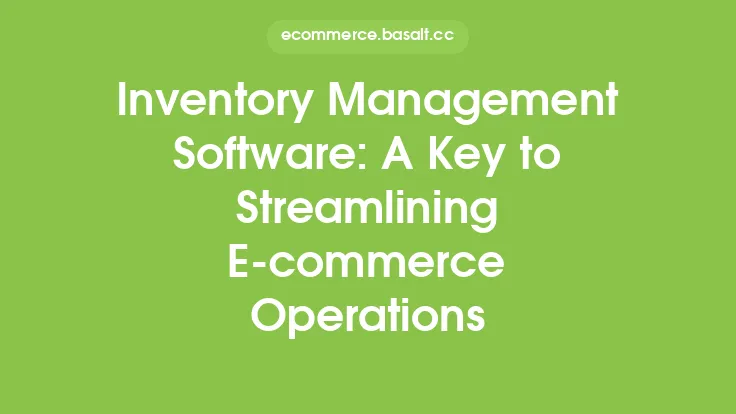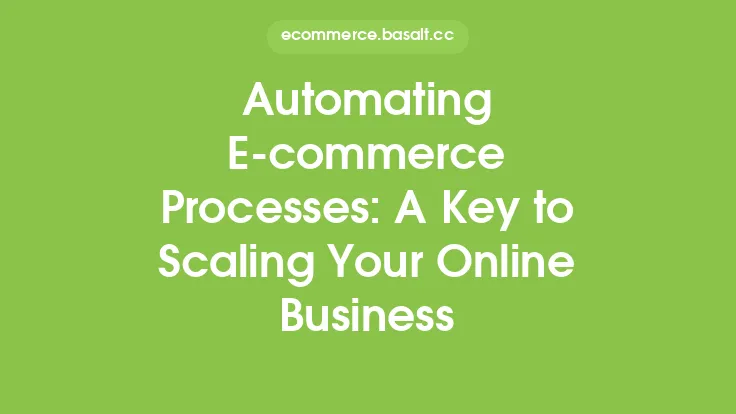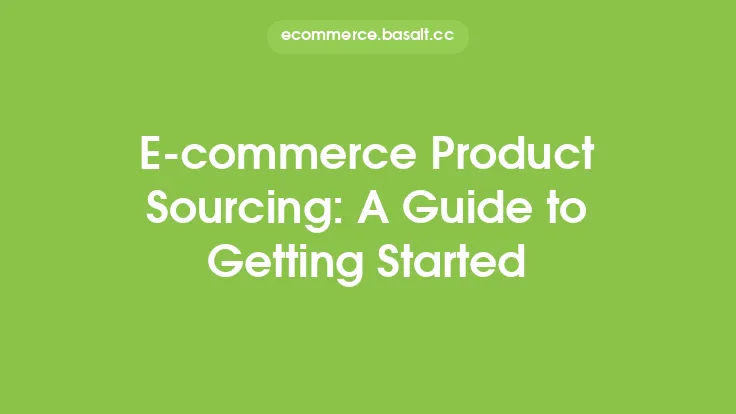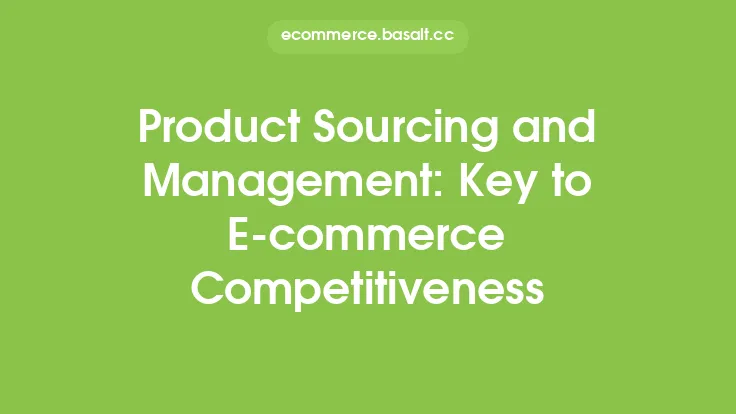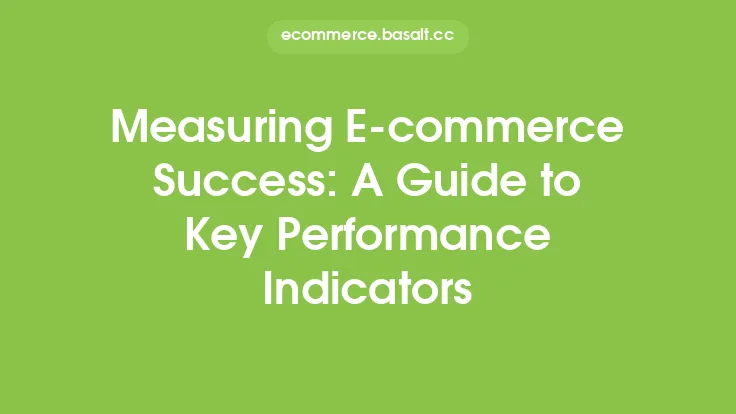As the e-commerce landscape continues to evolve, businesses are constantly looking for innovative strategies to stay ahead of the competition and drive growth. One effective approach that has gained significant attention in recent years is seasonal product bundling. This tactic involves grouping related products together and offering them as a single package, often at a discounted price, to capitalize on seasonal demand and consumer behavior. By leveraging seasonal product bundling, e-commerce businesses can increase average order value, enhance customer satisfaction, and ultimately boost revenue.
Understanding Seasonal Product Bundling
Seasonal product bundling is a marketing strategy that takes advantage of seasonal trends, holidays, and events to create bundled packages that appeal to customers' specific needs and preferences during that time. For instance, a winter bundle might include a coat, gloves, and a scarf, while a summer bundle could feature a swimsuit, sunglasses, and a beach towel. By offering these bundles, e-commerce businesses can create a sense of urgency and encourage customers to make a purchase, as the bundles are often only available for a limited time.
Benefits of Seasonal Product Bundling
The benefits of seasonal product bundling are numerous. Firstly, it allows e-commerce businesses to increase average order value, as customers are more likely to purchase a bundle of products rather than a single item. This, in turn, can lead to increased revenue and profitability. Secondly, seasonal product bundling can enhance customer satisfaction, as customers perceive the bundles as a convenient and cost-effective way to purchase related products. Finally, seasonal product bundling can help e-commerce businesses to clear out inventory, reduce waste, and optimize their supply chain management.
Identifying Seasonal Trends and Opportunities
To implement an effective seasonal product bundling strategy, e-commerce businesses need to identify seasonal trends and opportunities. This can be done by analyzing historical sales data, monitoring consumer behavior, and staying up-to-date with the latest seasonal and holiday shopping trends. For example, businesses can use tools like Google Trends or social media analytics to identify popular products and keywords during specific seasons or holidays. Additionally, they can conduct customer surveys or focus groups to gain insights into customer preferences and needs.
Creating Effective Seasonal Product Bundles
Creating effective seasonal product bundles requires careful consideration of several factors, including product selection, pricing, and packaging. Firstly, businesses need to select products that are relevant to the season or holiday and that complement each other. Secondly, they need to price the bundles competitively, taking into account the cost of individual products and the perceived value of the bundle. Finally, they need to package the bundles in an attractive and convenient way, using high-quality images and descriptive product information.
Marketing and Promoting Seasonal Product Bundles
Once the seasonal product bundles are created, e-commerce businesses need to market and promote them effectively to reach their target audience. This can be done through various channels, including email marketing, social media advertising, and influencer partnerships. Businesses can also use tactics like limited-time offers, free shipping, and gift wrapping to create a sense of urgency and encourage customers to make a purchase. Additionally, they can optimize their website and landing pages to showcase the bundles and make it easy for customers to find and purchase them.
Measuring and Optimizing Seasonal Product Bundling Performance
To measure the effectiveness of their seasonal product bundling strategy, e-commerce businesses need to track key performance indicators (KPIs) like sales revenue, average order value, and customer satisfaction. They can use analytics tools like Google Analytics or CRM software to monitor these KPIs and identify areas for improvement. Additionally, they can conduct A/B testing and experimentation to optimize their bundling strategy, trying out different product combinations, pricing, and marketing tactics to see what works best for their business.
Best Practices for Seasonal Product Bundling
To get the most out of seasonal product bundling, e-commerce businesses should follow several best practices. Firstly, they should start planning their bundling strategy well in advance of the season or holiday, to ensure they have enough time to create and promote the bundles. Secondly, they should focus on creating bundles that offer real value to customers, rather than just trying to clear out inventory. Thirdly, they should use high-quality images and descriptive product information to showcase the bundles and make them appealing to customers. Finally, they should be prepared to adapt and adjust their bundling strategy based on customer feedback and sales data, to ensure they are meeting customer needs and maximizing revenue.
